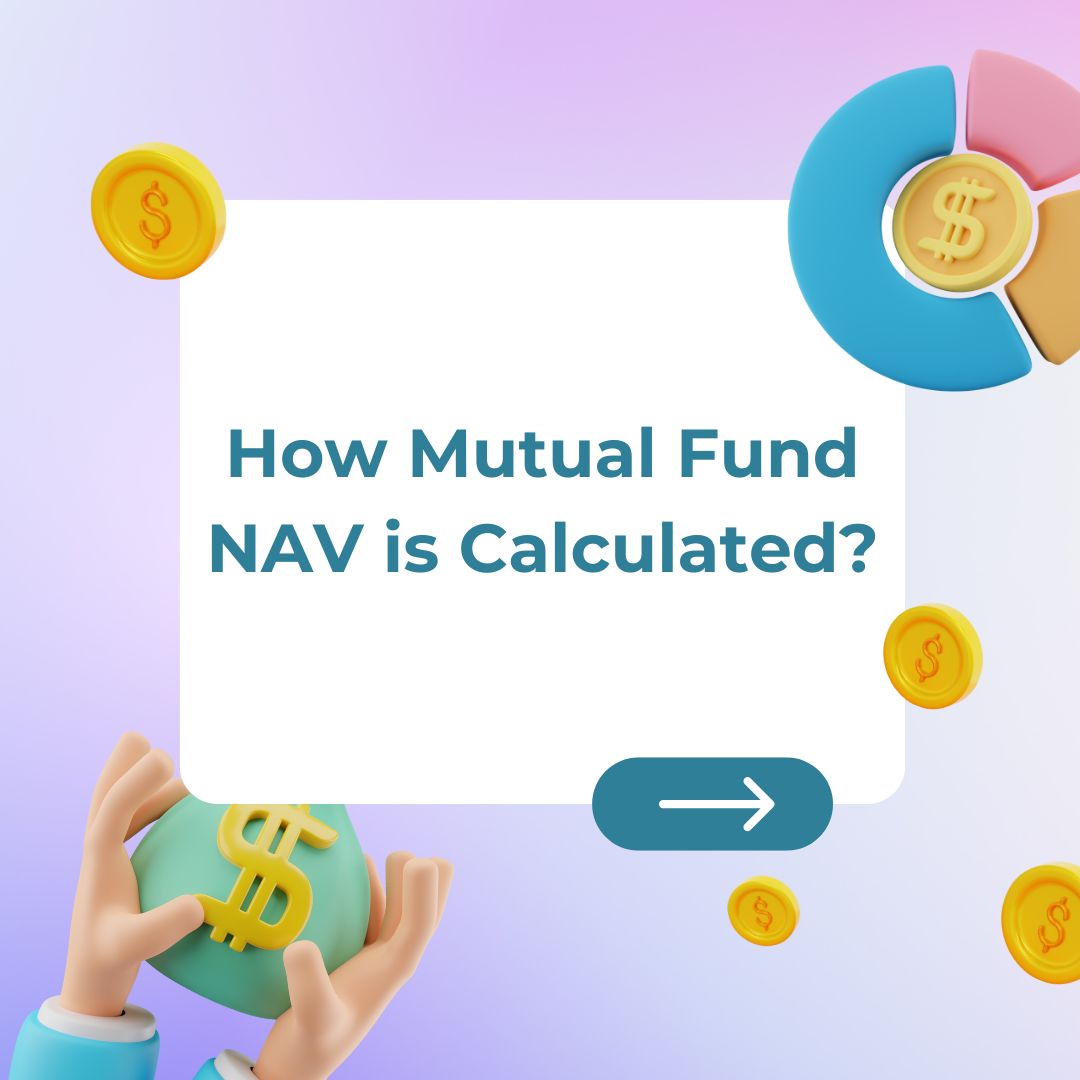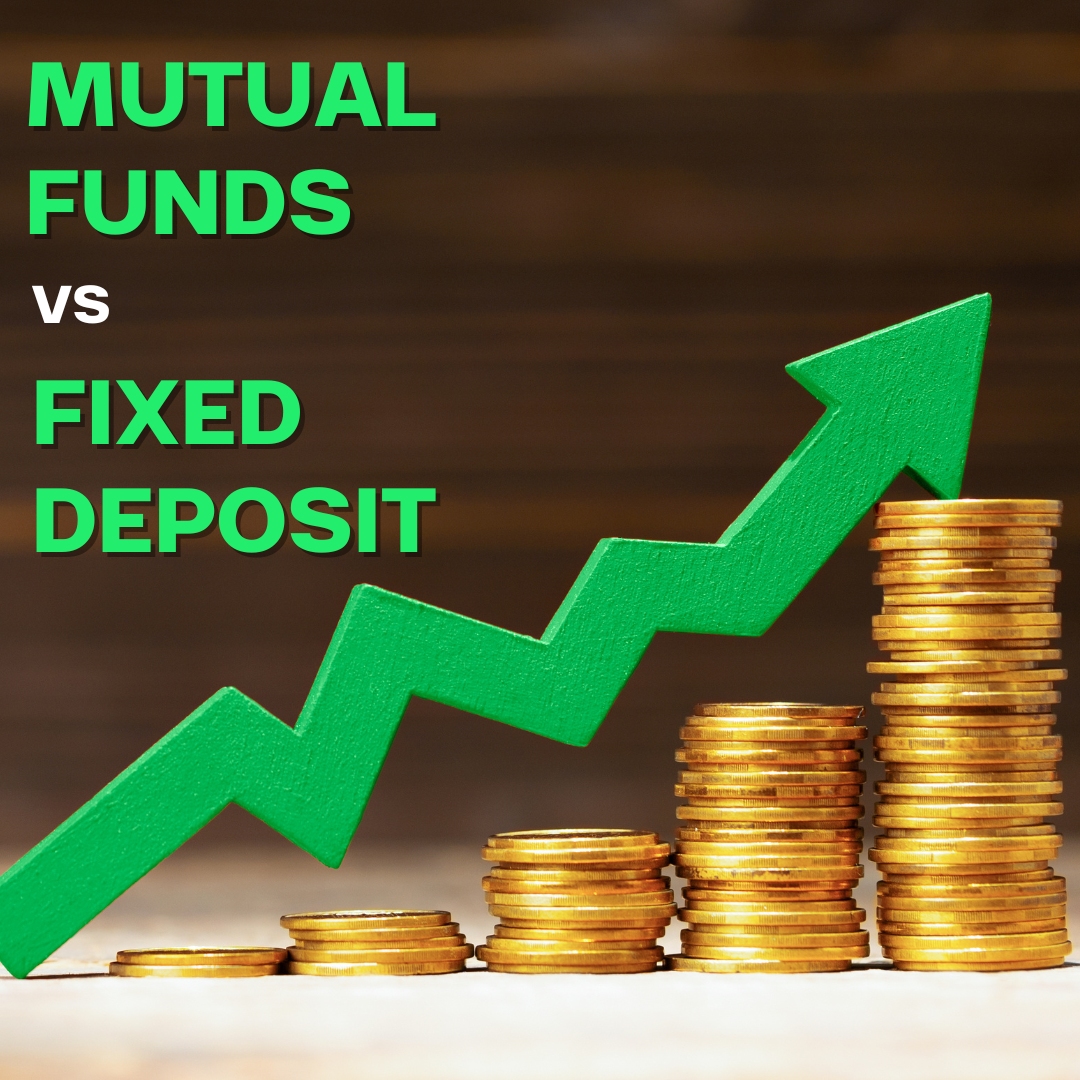How Mutual Fund NAV is Calculated – Explained with Formula & Example

What is NAV in Mutual Funds?
NAV stands for Net Asset Value. It represents the per-unit price of a mutual fund scheme. When you buy or sell mutual fund units, you transact at the NAV of that particular day.
Why is NAV Important?
- Determines Entry & Exit Price: NAV is the price at which you buy or redeem mutual fund units.
- Reflects Fund’s Performance: A growing NAV usually indicates positive performance over time.
- Helps Compare Funds: While NAV alone isn’t a performance metric, it helps when analyzing returns.
How Mutual Fund NAV is Calculated
NAV (Net Asset Value) = (Total Assets – Total Liabilities) / Total Number of Outstanding Units
Components Explained:
- Total Assets
- Market value of the securities (stocks, bonds, etc.)
- Cash and cash equivalents
- Accrued income (dividends, interest)
- Total Liabilities
- Fund management fees
- Operational expenses
- Any other payable amounts
- Units Outstanding
- The number of mutual fund units held by all investors.
When is NAV Updated?
- NAV is calculated at the end of every business day.
- It reflects the closing market value of all investments in the portfolio.
- SEBI mandates fund houses to disclose the NAV daily for all schemes.
Is a Higher NAV Better?
Not necessarily.
A higher NAV doesn't mean a fund is expensive, nor does a lower NAV mean it's cheap. It only indicates how long the fund has existed and how much its value has grown.
Returns depend on percentage growth, not on the absolute NAV.
Key Takeaways
- NAV is the per-unit value of a mutual fund.
- It is calculated as (Assets – Liabilities) ÷ Units Outstanding.
- NAV changes daily and is critical for pricing your transactions.
- Use NAV with other metrics like returns, risk ratio, and fund rating to make better decisions.
Conclusion
Understanding how mutual fund NAV is calculated gives you a clear insight into your investment’s value. It’s not the only indicator, but it's a fundamental concept every investor should know. Next time you review your portfolio, don’t just look at the NAV, analyze it in the context of returns and goals.










